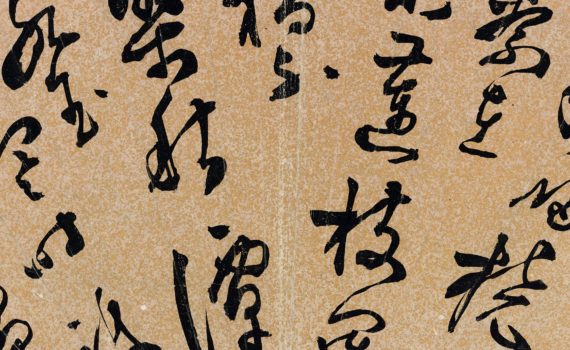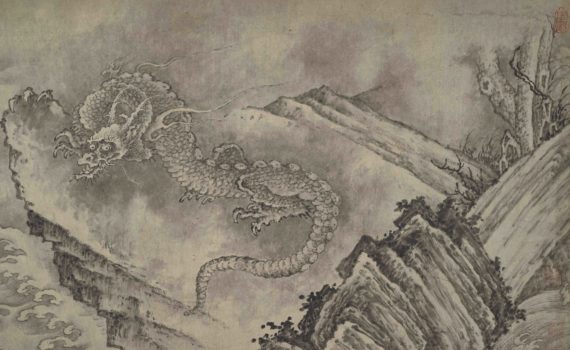Virtually explore the Smithsonian’s National Museum of Asian Art in Washington, D.C. with Smarthistory as your guide
Some background
videos + essays
Link to the National Museum of Asian Art's website
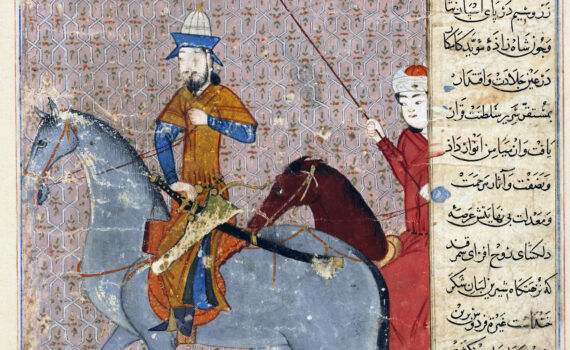
Timur’s entry into Samarkand, page from the Zafarnama
Timur's equestrian image would have been the most recognizable embodiment of his royal legacy in the Zafarnama.
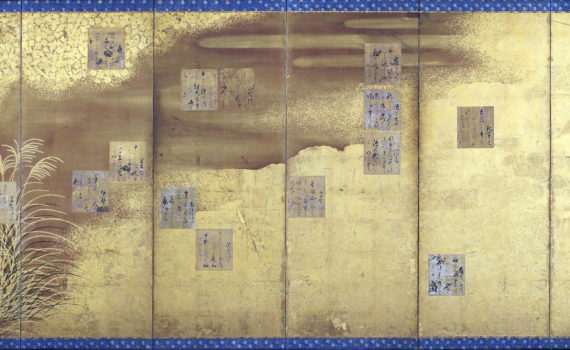
Hon’ami Kōetsu, Folding Screen mounted with poems
Two folding screens from Edo Japan show a lavish golden garden and 36 poem cards by the famous calligrapher Hon'ami Kōetsu.
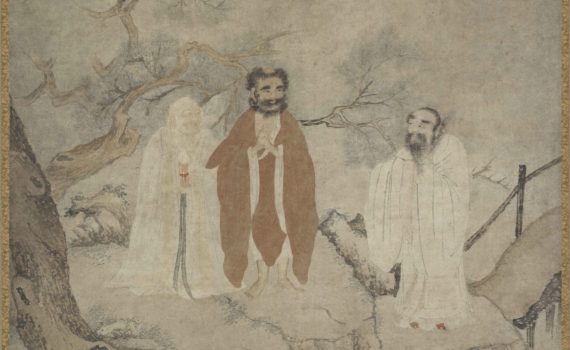
Shakyamuni, Laozi, and Confucius
The composition of the painting seems to have borrowed depictions of the Three Laughers of Tiger Creek, a popular allegorical story about the meeting of three famous figures.
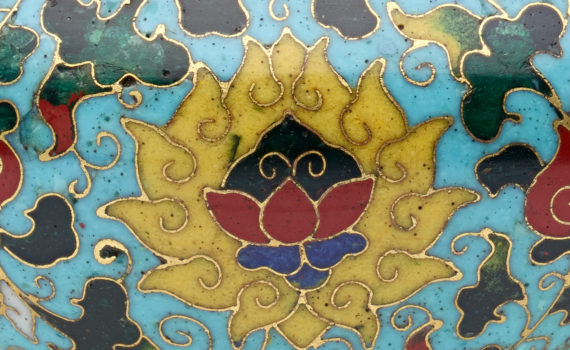
Li (tripod)-shaped cloisonné incense burner
The smoke from incense was used as a link between the earthly realm and the heavenly world.
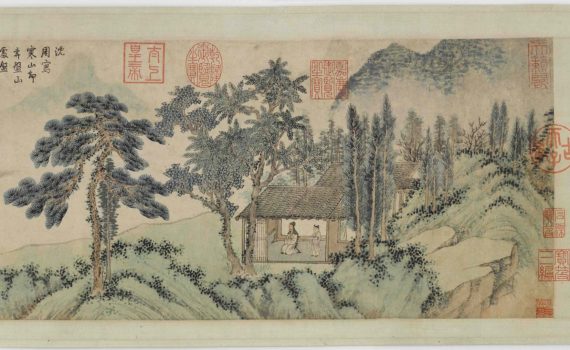
Shen Zhou, A Spring Gathering
Artists during the Ming dynasty often honored their patrons by portraying them in a garden studio.
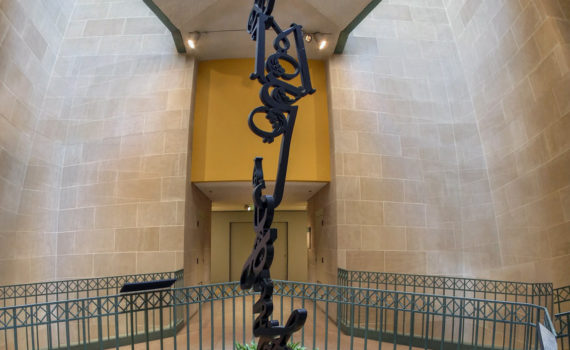
Xu Bing, Monkeys Grasp for the Moon
The artwork is based on a well-known Chinese folktale about a group of monkeys attempting to capture the moon.
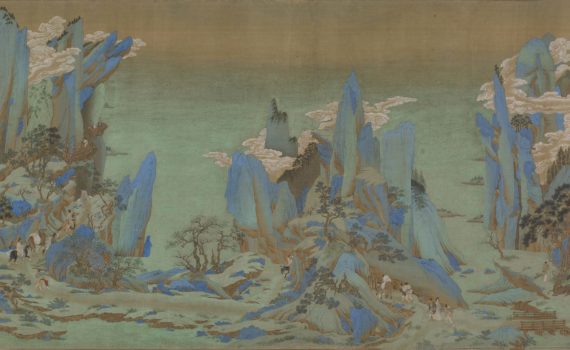
Qiu Ying, Journey to Shu
Painted in lavish mineral-based colors of blue, green, and brownish yellow, this painting is a typical “blue-and-green” landscape in Chinese art
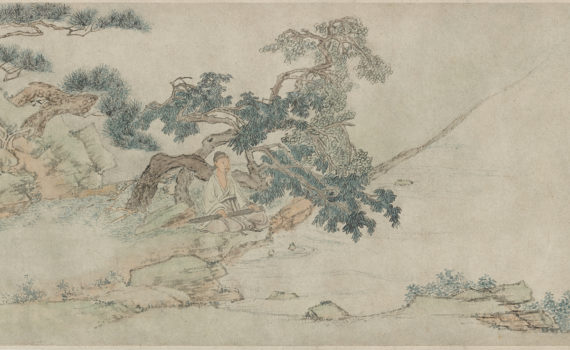
Copy after Qiu Ying, Playing the Zither Beneath a Pine Tree
A scholar playing a zither while enjoying some beautiful scenery is a popular genre in Chinese landscape paintings.
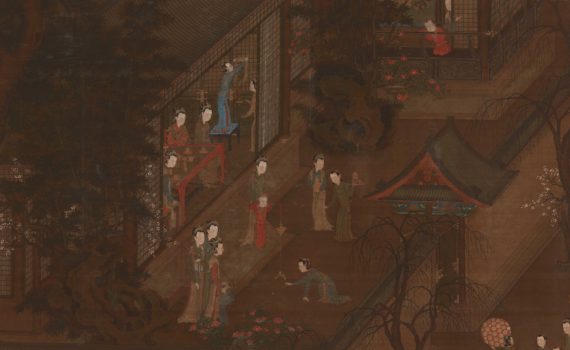
Palace Women and Children Celebrating the New Year
This painting depicts the most important festival in China—the Lunar New Year.
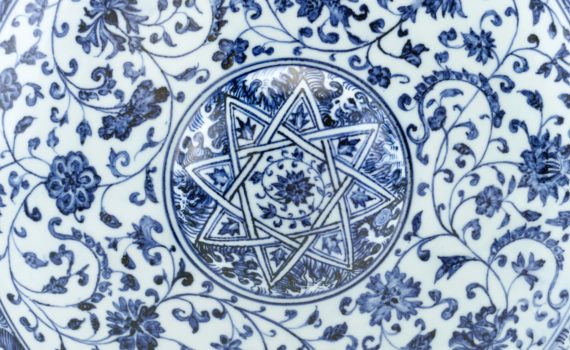
Canteen
This canteen exemplifies the dynamic flow of ideas and objects between the Islamic world and China that invigorated both artistic traditions.

